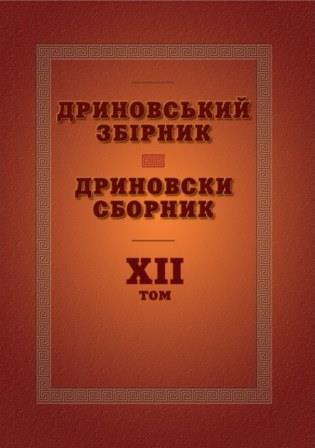The ritual and festive cuisine of the Czechs of the South of Ukraine as a marker of ethnic identification (based on ethnographic research materials of the Zaporozhye region)
Abstract
The article analyzes features of the ceremonial and festive cuisine of modern descendants of Czech immigrants living in р. Novgorodkovka of Melitopol District of Zaporozhia Region. Ethnographic materials of the author, recorded from Czech respondents in 2000, 2011-2013, became a source for scientific work. For the Czechs, as for most Slavic peoples, cooking was typical: boiled, stewed, fried and baked. Of particular importance in this case acquires the design of the furnace. The main body of the furnace was in the living room. In the summer they also used ovens in the open air. Until the end of the twentieth century, electric ovens entered the peasant life. Folk ritual food (festive, ritual, ceremonial) was not only a way
to meet the vital needs of a person, but became an important form of social intercourse. By comparing results of the author’s field studies and published data on the immigrants’ cuisine in the motherland, it was established that, on the one hand, the folk ritual and festive food has saved its basic elements and methods of preparation. On the other hand, because of close interethnic Czech-Russian-Ukrainian contacts, it has gained new characteristics. In particular, in the memorial kitchen, the rye wheat porridge with raisins was replaced with boiled rice with cherries; baked apples with sugar were replaced with dried butter and ghee. Wedding dishes complemented the new version of baking − the cow, which served as the ceremonial attribute. The food of the calendar cycle of holidays was characterized by the preservation of Czech ethnic traditions. However, there were: Easter ceremonial bread (Pasca), dumplings, sea fish. In after the birth rite, nutritional elements were most important in the visiting the mother and child.
Downloads
References
The Rylsky Institute of Art Studies, Folklore and Ethnology. National Academy of Sciences of Ukraine], f. 57, st.un. 17. 23 s.
Artyux, L. 1977. Ukrayins`ka narodna kulinariya: Istory`ko-etnografichne doslidzhennya [Ukrainian folk cooking: Historical and ethnographic research]. Kyiv: Naukova dumka. 155 s.
Artyux, L. 1993. Yizha i xarchuvannya [Food and Nutrition]. Kul`tura i pobut naselennya Ukrayiny`: Navch. posibny`k / V. I. Naulko, L. F. Artyux, V. F. Gorlenko ta in.; 2-e vy`d., dop. ta pererob. Kyiv: Ly`bid`, s. 136-148.
Chekhiya i Moraviya [Czech and Moravia] / Sost. Ye. S. Vulfson. Moskva: Tip. Panafidina, b.g. 110 s.
Gutorov, V. 1970. Take bulo u nas vesillya [This was our wedding]. Serp i molot, 3 lyutogo 1970, s. 2.
Kagarov, Ye. G. 1929. Sostav i proiskhozhdenie svadebnoy obryadnosti [Composition and origin of the wedding ceremony]. Sbornik muzeya antropologii i etnografii. Otdelnyy ottisk. Leningrad, t. VIII, s. 152-195.

